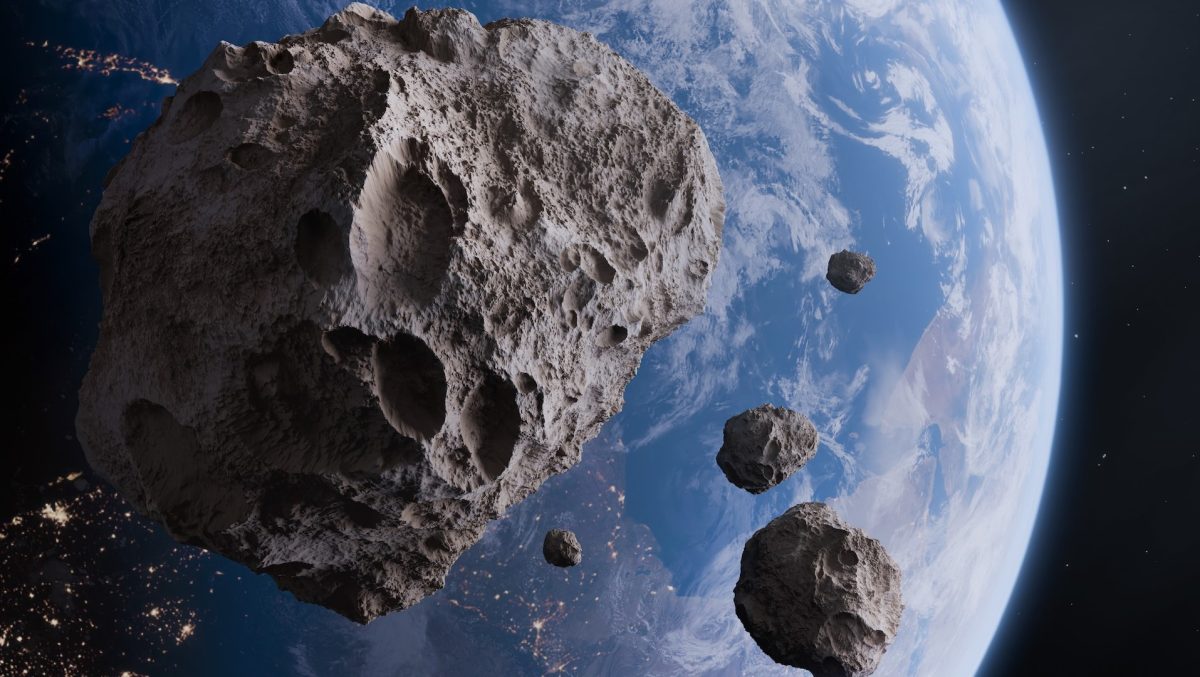On August 7, the University of Hawaii’s Asteroid Terrestrial-Impact Last Alert System (ATLAS) would gaze into the night sky, only to discover a new asteroid set to enter Earth’s orbit by the end of the year.
Asteroid 2024 PT5 is the name of Earth’s new mini-moon, a newly captured Near-Earth Object (NEO) that is set to be in orbit for 2 months, spanning from September 27 to November 25. Although this 33 feet wide asteroid is in our orbit, it is nearly impossible for stargazers to see with their eyes alone.
Asteroid 2024 PT5 is a member of the asteroid belt called the Arjunas. The Arjuna’s belt consists of: 1991 VG, 2003 YN107, 2006 JY26, 2009 SH2, 2013 BS45, and 2024 PT5. These asteroids are very similar to Earth, sharing orbital patterns that only span around one year. This characteristic is shared across four groups of NEOs, those being: Apollo, Amor, Aten, and Atira groups.
2024 PT5 is in the Apollo group, being one of 18,874 asteroids. 2024 PT5 also shares the honor of being numbered by space services, an honor that only 1,571 other asteroids in the group have in common. 2024 PT5 is also no longer risky to the planet, as of August 18, 2024, being removed from the Sentry Risk Table after confirmation that the object will not hit Earth anytime soon.
According to research notes in the American Astronomical Society, NEOs have been captured into orbit before, and some have become mini-moons themselves. A popular mini-moon, known as 2022 NX1, has entered Earth’s rotation a total of two times, and is set to return a third time in 2051. NX1 and PT5 share the same orbital path, and even the same characteristics.
But, what does this mini-moon mean for Earth? In short, nothing. Penn Today reports that 2024 PT5 is noticeably extremely smaller than our regular moon, being 300,000 times smaller than the moon. Due to the size difference, 2024 PT5 will have little to no effect on Earth, and can not threaten us in any way.
2024 PT5 may only be temporary, but the chance to learn more about the universe grows with every experience like this.














